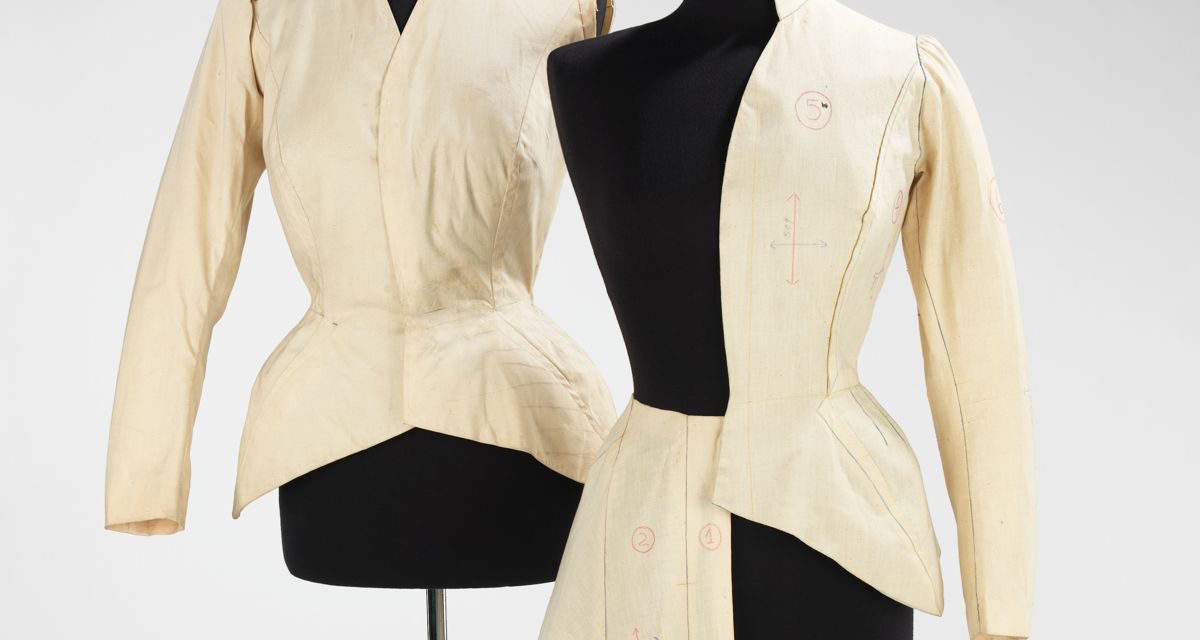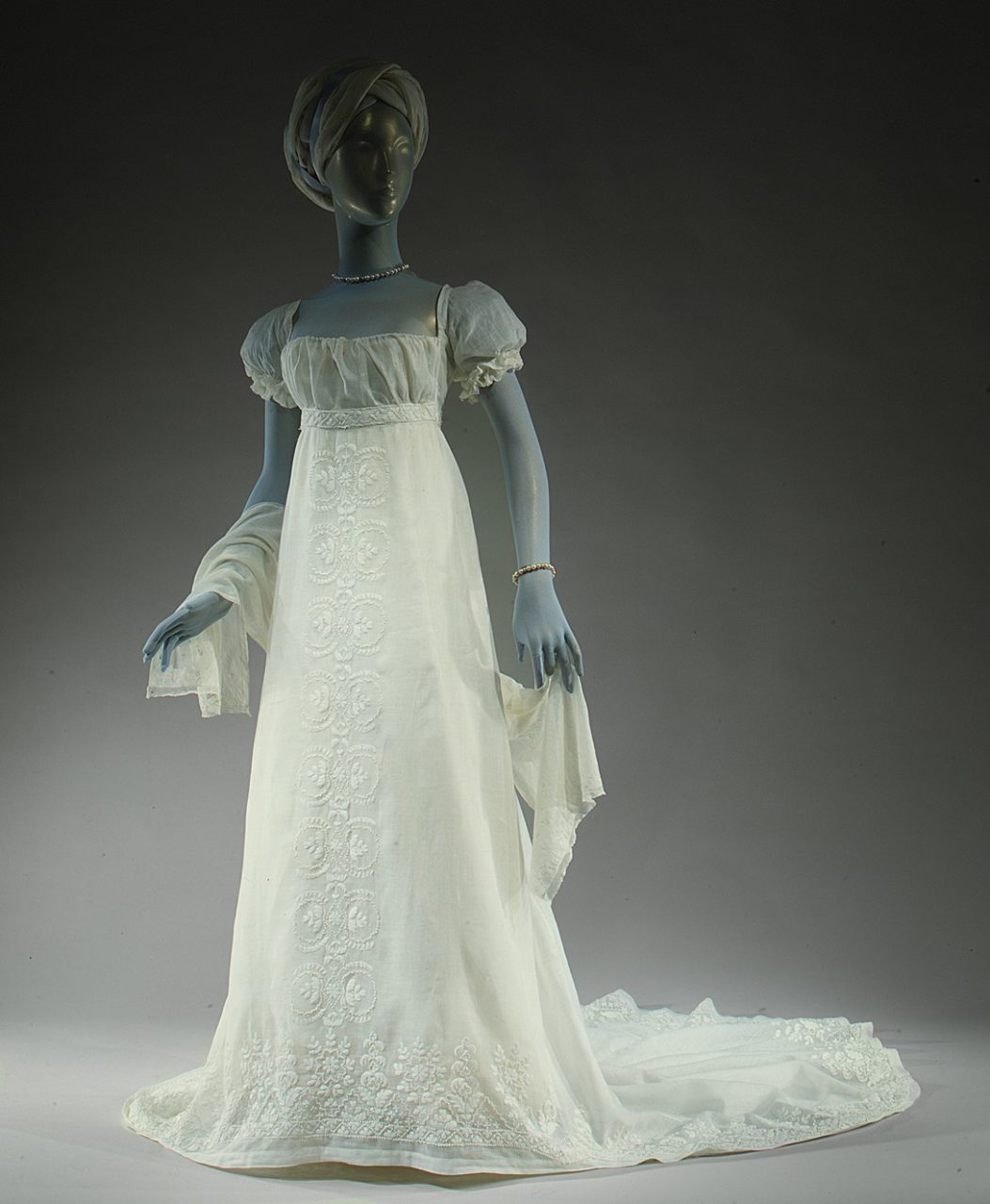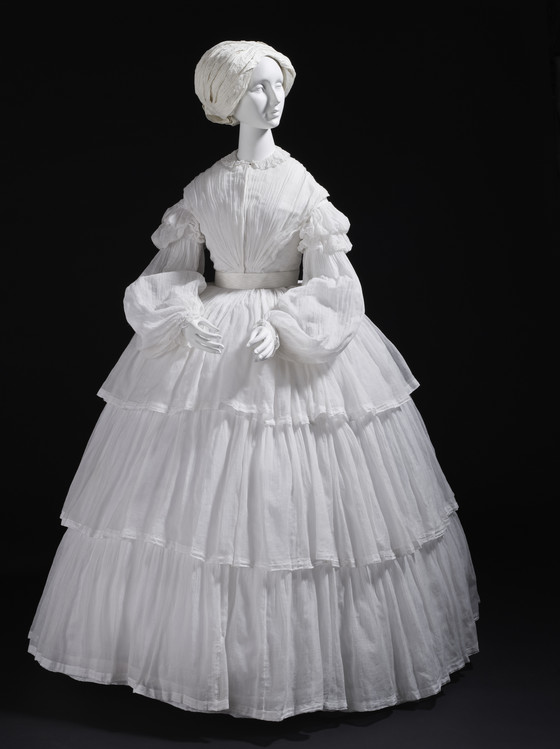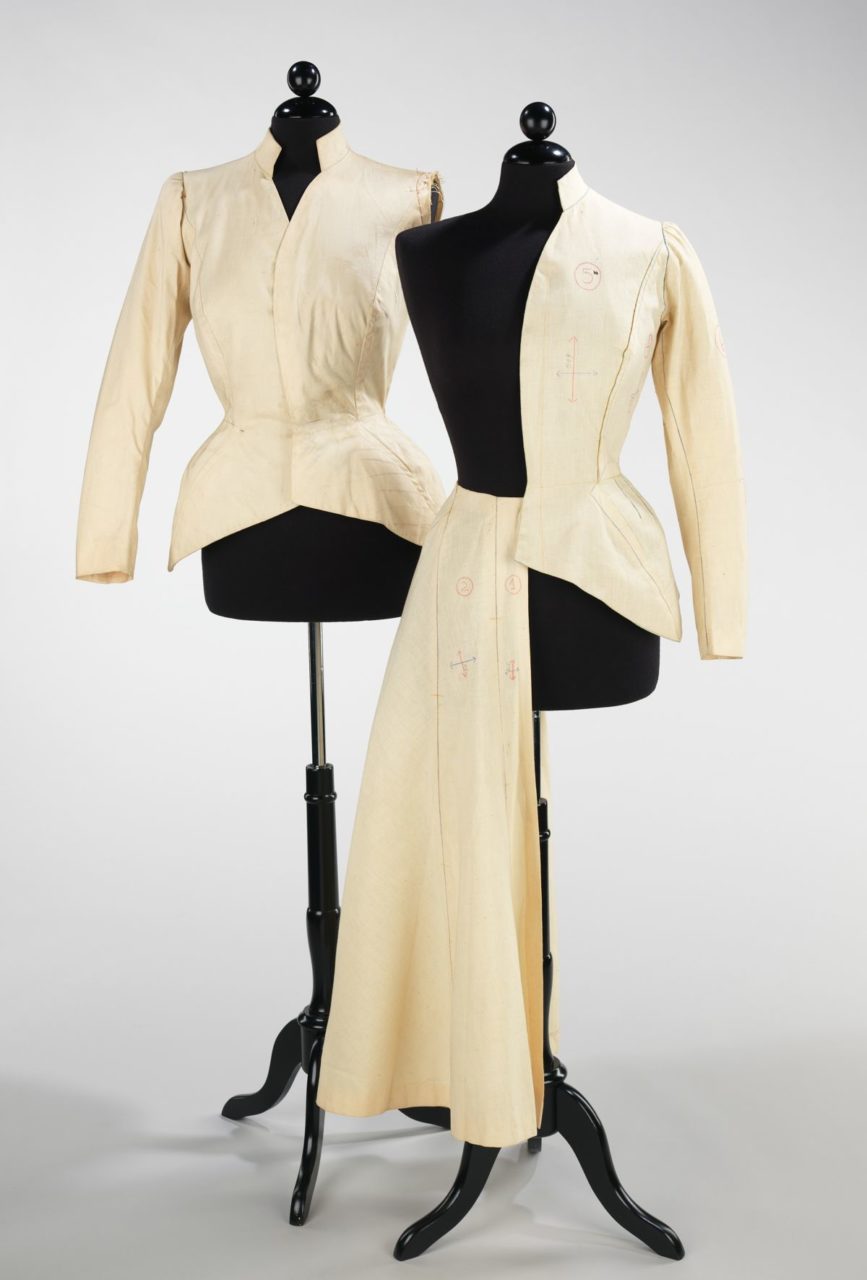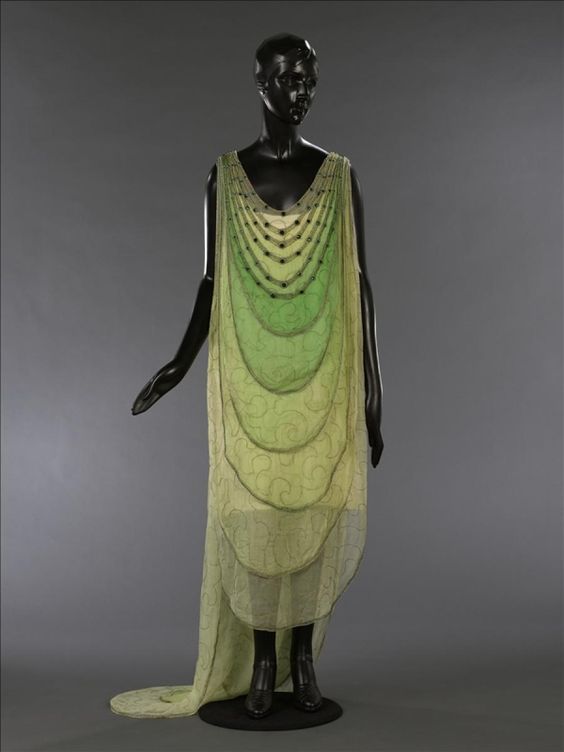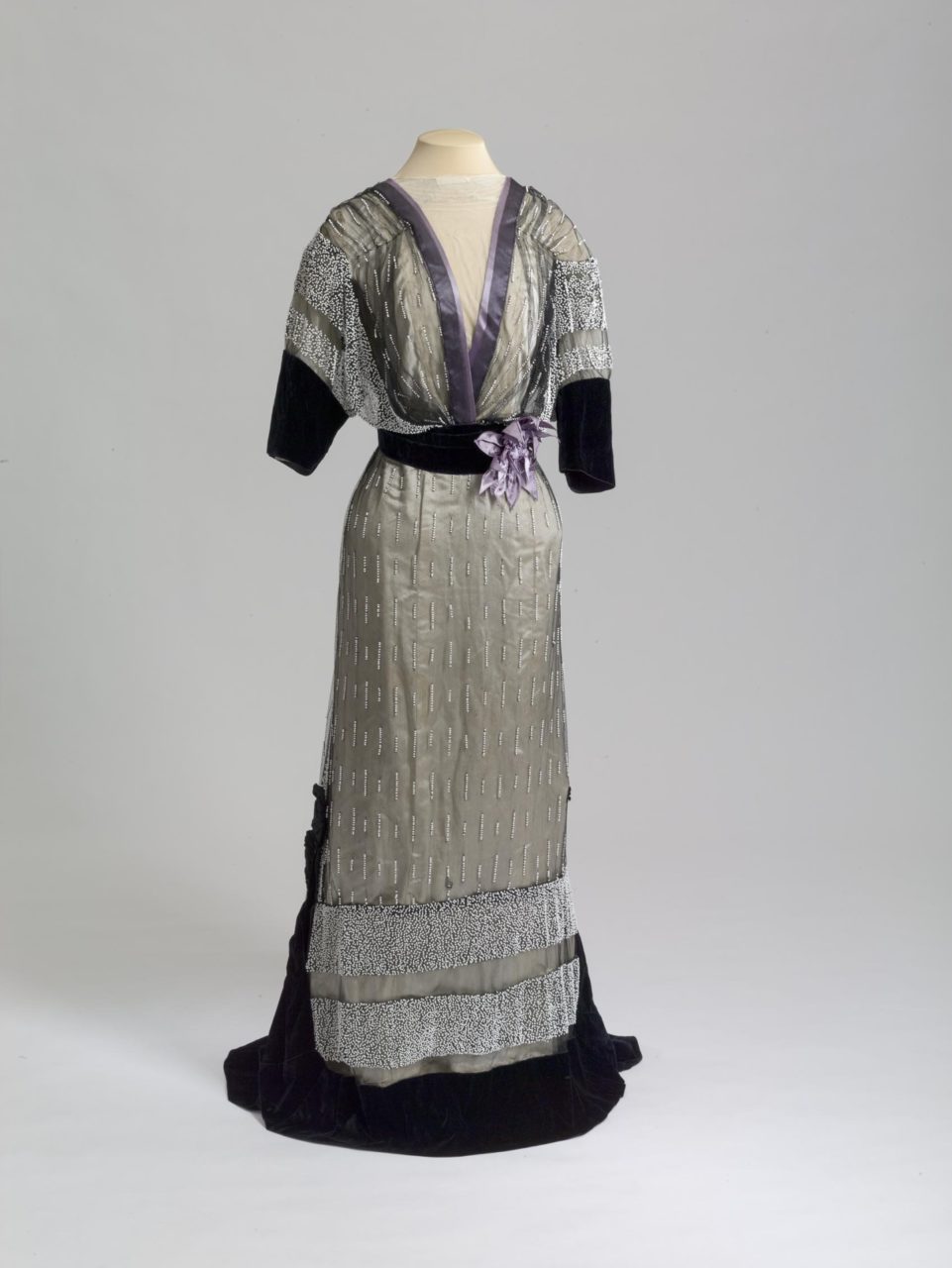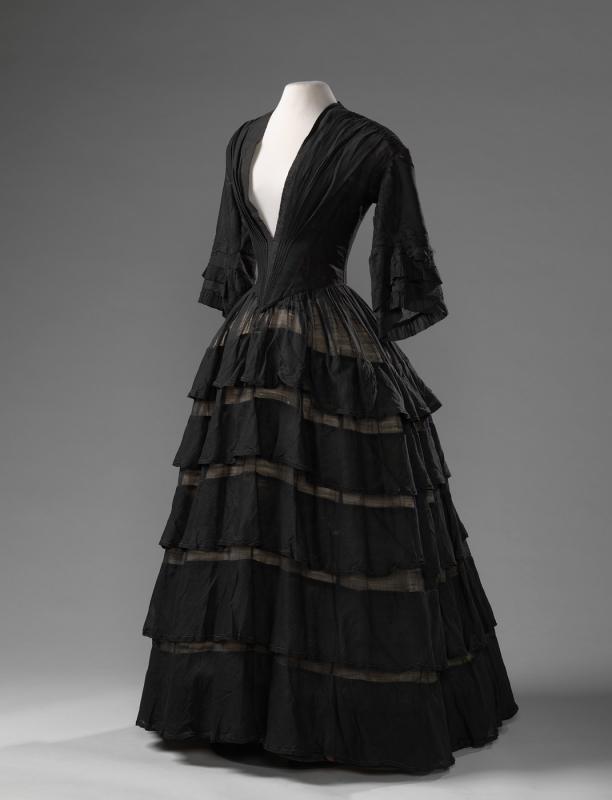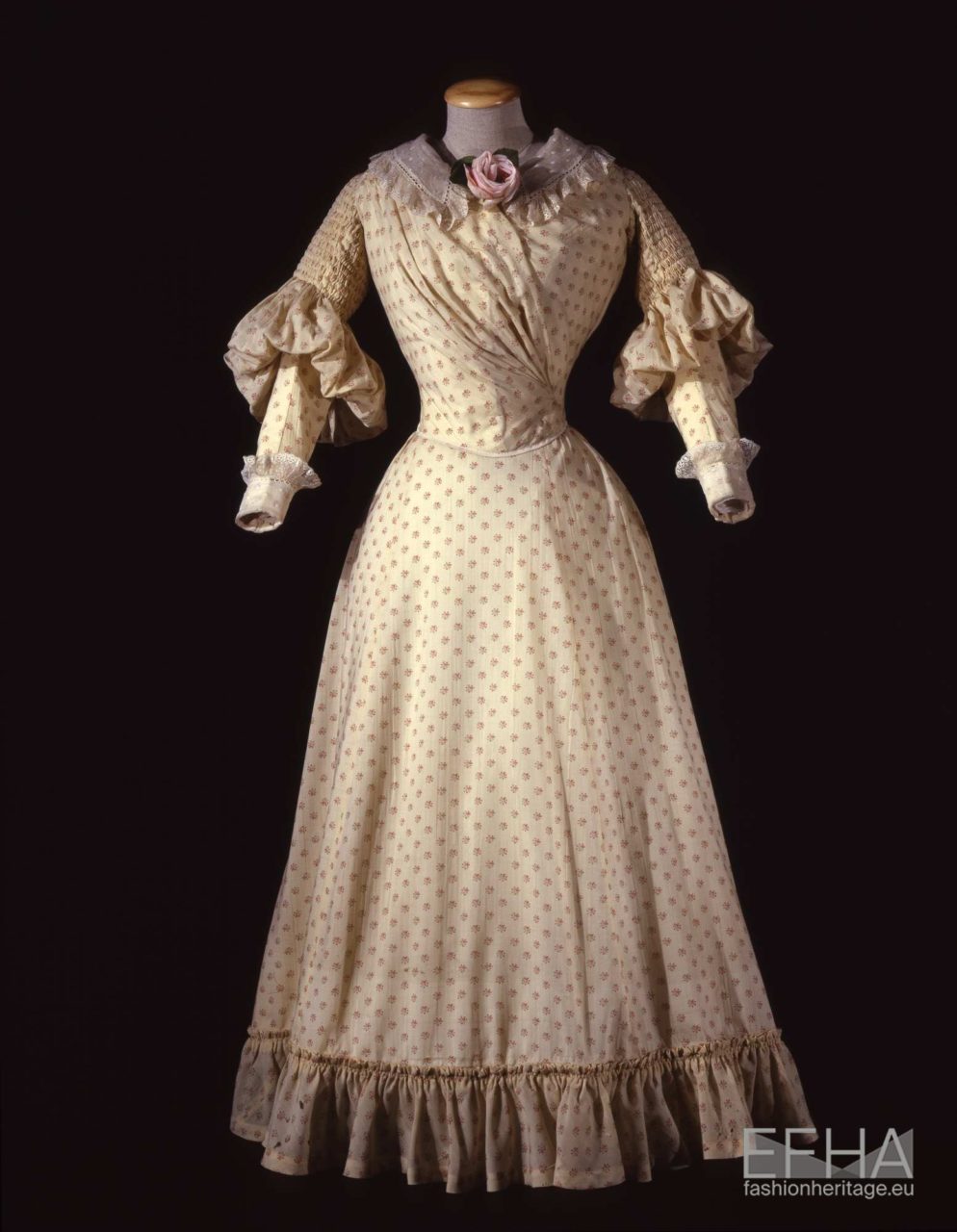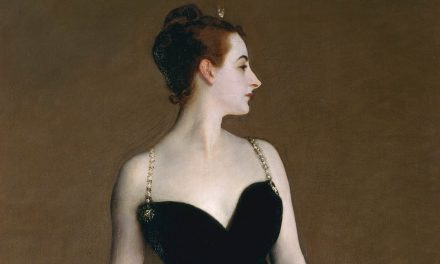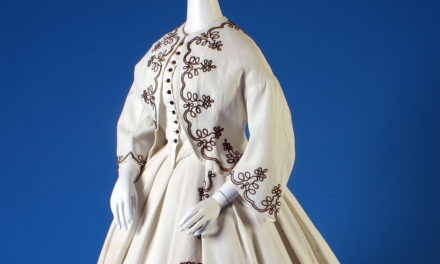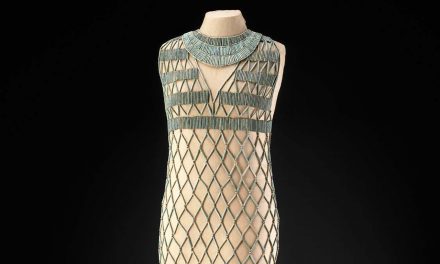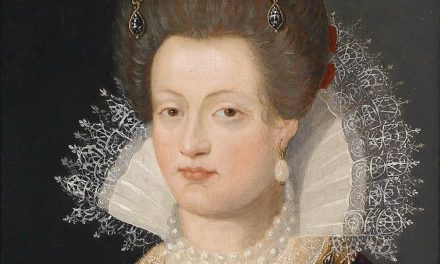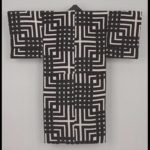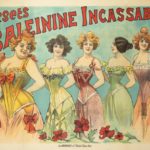Muslin is a simple plain-weave textile made out of cotton and available in varying weights and finishes. Historically, there were also varieties of muslin in silk and wool.
The Details
C
hristine Haynes describes muslin in her publication How to Speak Fluent Sewing (2015):
“Plain weave cotton or cotton blend fabric made in many weights from very fine and sheer to coarse and heavy. Higher qualities have combed, mercerized yarns and may be either dyed or printed. Such fabrics are lustrous, long-wearing, washable, and soft to the touch. Coarser qualities have carded yarns, may have a variety of construction counts, and are used for sheets and pillowcases. Lightweight fabrics are used for summer dresses and blouses.” (332)
Cotton muslin was the height of fashion during the first quarter of the 19th century, even in winter (Fig. 1).
Charlotte Mankey Calasibetta and Phyllis Tortora contribute to the definition of muslin in their book The Fairchild Dictionary of Fashion (2003), explaining that it is:
“An undyed or bleached fabric available in a wide range of weights. It is made from cotton fibers with a plain weave.” (103)
During the mid-Victorian era, white muslin was considered suitable only for summer in order to deal with the heat (Fig. 2). In other situations, cotton dresses were considered more casual, and would have been dyed and patterned.
The Encyclopaedia Britannica carefully defines it as:
“plain-woven cotton fabric made in various weights. The better qualities of muslin are fine and smooth in texture and are woven from evenly spun warps and wefts, or fillings. They are given a soft finish, bleached or piece-dyed, and are sometimes patterned in the loom or printed. The coarser varieties are often of irregular yarns and textures, bleached, unbleached, or piece-dyed and are generally finished by the application of sizing. Grades of muslin are known by such names as book, mull, swiss, and sheeting.”
Tailors and designers use muslin for their toiles, or mock-ups, a practice which lent to the toiles themselves simply being called ‘muslins’ (Fig. 3).
In The Fairchild Books Dictionary of Textiles (2013), Phyllis G. Tortora and Ingrid Johnson discuss its history:
“Muslin is one of the oldest staple cotton cloths and was first made in Mosul, Mesopotamia (now Iraq), from which its name is derived… During the Middle Ages, applied to heavy, coarse cotton fabrics made in Mosul. India then began to produce a variety of fine cotton muslins, often printed with gold and silver leaf. For a long period, muslins were imported by European countries, from India. They first were made in Europe in Paisley, Scotland, around 1700.” (404)
While ‘muslin’ most commonly indicates a cotton fabric, varieties of silk and wool muslin were used in the 19th and 20th centuries.
Tortora and Johnson describe silk muslin, visible in a vibrant green Vionnet dress in figure 4:
“A thin silk fabric that is made with a loose, open weave in solid colors, small multicolored printed patterns, or woven raised figures.” (562)
The 1896 Pocket Dictionary of Dry-goods by George and Daniel Bible gives a similar definition, showing the the definition has not changed in a century:
“A thin and gauzy silk textile, either plain or printed in small patterns in color, or ornamented with raised figures made in the weaving. (250)
The transparency of silk muslin can be seen in figure 5, where it covers the otherwise open neckline and allows the color of the mannequin to show through.
In her A Dictionary of Costume and Fashion Historic and Modern (1999), Mary Brooks Picken describes both silk and wool muslins:
“mousseline de laine (F. de lain). Wool muslin; light-weight wool fabric, often printed used for dresses.
mousseline de soie (F. de swah). Transparent, gauze-like silk fabic in even weave, with firm finish; often figured. When slightly stiffened, sometimes called pineapple cloth. Used for yoke and collar foundations, dresses, and blouses.” (227)
A black 1850s dress of wool muslin is seen in figure 6. Note the transparency between the tiers.
Lastly, a 1922 dictionary article published in The Dry Goods Economist by W. D. Darby describes mousseline de laine at that time:
“A fine, light, plain-woven worsted fabric of open texture. The name is French for wool muslin. It was originated by a man named Jourdain at Troixvilles, France, in 1826. It is made with fine, clear worsted yarns or with a cotton warp and fine worsted filing. It receives a clear worsted finish and is either printed or dyed. It is a dress fabric.” (28)
The 1893 gown of wool muslin in figure 7 gives an example of patterned fabric. On the bodice, it is tightly smocked and ruched in various places, demonstrating its suppleness.
Fig. 1 - Designer unknown (French). Evening dress, 1804-5. Cotton muslin. New York: The Metropolitan Museum of Art, 1983.6.1. Purchase, Gifts in memory of Elizabeth N. Lawrence, 1983. Source: MMA
Fig. 2 - Designer unknown (European). Woman's dress, ca. 1855. Cotton plain weave (muslin) with cotton embroidery; center back length: 151.13 cm (59.5 in). Los Angeles County Museum of Art, M.2007.211.755. Source: LACMA
Fig. 3 - Charles James (American, 1906-1978). Muslins, 1947. Cotton. New York: Brooklyn Museum Costume Collection at The Metropolitan Museum of Art, 2009.300.757a–c. Gift of the Brooklyn Museum, 2009; Gift of Millicent Huttleston Rogers, 1949. Source: The Metropolitan Museum of Art
Fig. 4 - Madeleine Vionnet; embroidery by Lesage (French, 1876-1975). Evening gown, 1924. Shaded green silk muslin, running stitch copper thread embroidery, sewn metal thread, sewn embroidery of white beads, green bugles and faceted rhinestones. Palais Galliera, musée de la Mode de la Ville de Paris, GAL 1992.19.1. Gift of François Lesage. Source: Palais Galleria
Fig. 5 - House of Drecoll (French). Evening dress of Princess Z.N. Yusupova, 1913-1914. Tulle, satin, silk muslin, velvet, ribbon, beads; total length 167 cm. St. Petersburg, Russia: The Hermitage, ЭРТ-12889. Source: The Hermitage
Fig. 6 - Designer unknown. Japon (Frock), 1850-55. Black wool muslin. Amsterdam Museum, KA 19997. Van der Klaauw Fund, the Netty van Doorn Fund and the Prins Bernhard Cultuurfonds. Source: ModeMuze
Fig. 7 - Customier de l'Opera Atelier M. Muelle (French). Two-piece woman's dress, 1893. Wool muslin with small pink printed flowers. Florence: Galleria del Costume di Palazzo Pitti, 00000326. Source: Europeana
Its Afterlife
Louis Vuitton’s 2007 Victorian-inspired Spring RTW line featured cotton underpinnings and dresses, possibly inspired by gowns like the one in figure 2. While white cotton muslin is not always considered for haute couture, it is a staple of a casual summer wardrobe – and the occasional Vogue photo spread (Fig. 9).
Fig. 8 - Marc Jacobs for Louis Vuitton (American, 1963-present). Look 12, Spring 2007 RTW. Photo: Marcio Madeira. Source: Vogue
Fig. 9 - Josephus Thimister (Dutch, 1962-2019). Dress, October 1998. Muslin. Photographed by Steven Meisel. Source: Vogue
References:
- Bible, George W. Pocket Dictionary of Dry-Goods, Etc. New York: Trade Print. and Pub. Co, 1896. http://www.worldcat.org/oclc/16875456
- Calasibetta, Charlotte M., and Phyllis Tortora. The Fairchild Dictionary of Fashion. New York: Fairchild Publications, 2003. http://www.worldcat.org/oclc/959132362
- Darby, W. D. “Chapter XIII. Wool, the World’s Comforter.” From The Dictionary of Staple Wool Fabrics. Published in the Dry Goods Economist (July 15, 1922): 28. Google Books. Accessed 21 March 2020.
- Encyclopædia Britannica, Inc. “Muslin.” Accessed October 13, 2018. https://www.britannica.com/topic/muslin
- Haynes, Christine. How to Speak Fluent Sewing: The Indispensable Illustrated Guide to Sewing and Fabric Terminology. Lafayette, CA: C&T Publishing, 2015. http://www.worldcat.org/oclc/938249099
- Picken, Mary Brooks. A Dictionary of Costume and Fashion: Historic and Modern. Mineola, NY: Dover Publications, 1999. http://www.worldcat.org/oclc/852838641
- Tortora, Phyllis G, and Ingrid Johnson. The Fairchild Books Dictionary of Textiles. New York: Fairchild Books, 2013. http://www.worldcat.org/oclc/868634516

